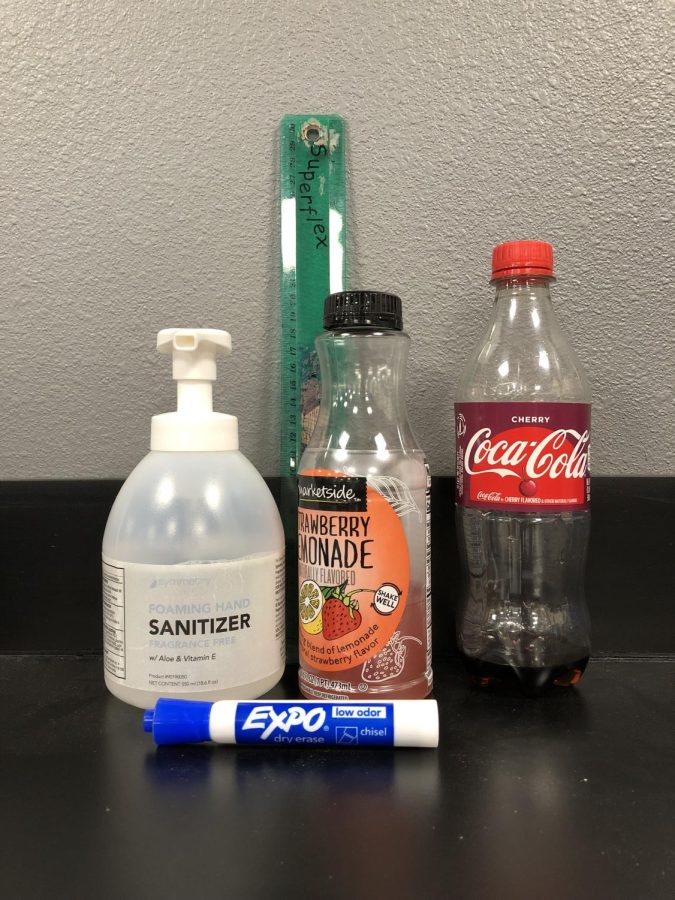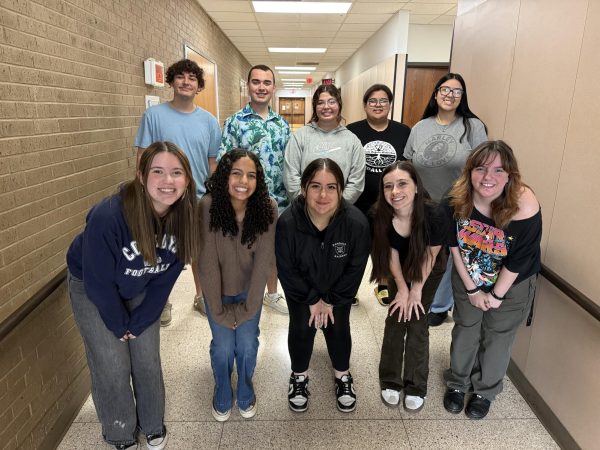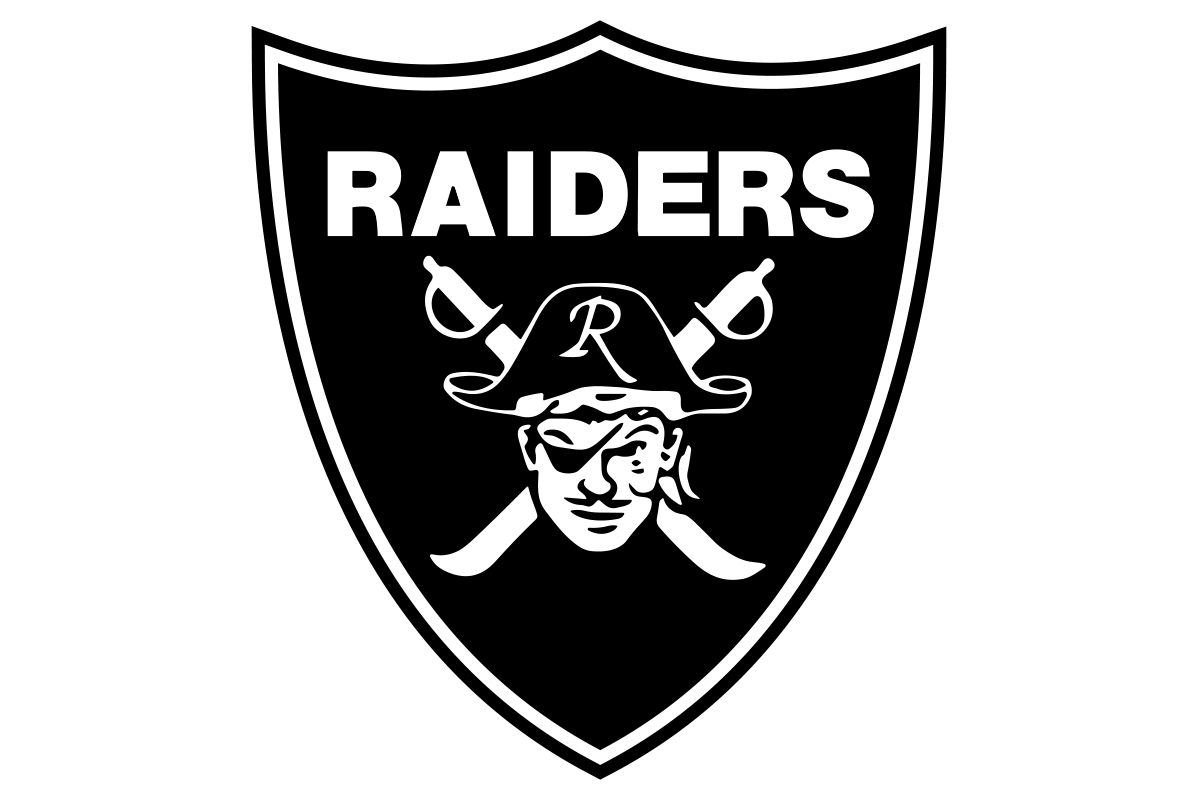Plastic: Humanity’s Blessing and Curse
Plastic is used in nearly everyone’s daily lives. It provides a cheap way to transport goods, deliver/store food, and make life easier. Plastic also harms the planet via pollution as well as humans, other animals, and plants alike. One may ponder the pros and cons of plastic, its history, and how its made. These thoughts raise useful ideas and reveal practical information.
A Brief History of Plastic
Plastic made its first debut in 1869 after John Hyatt discovered the process of synthesizing a carbon-based polymer (a chain of molecules). He was attempting to create a substitute for ivory as the natural harvest of ivory was destroying elephant populations, and therefore, further production of ivory. This is actually why the first plastics were made; people needed an alternative to natural materials since their harvest was detrimental to nature. Plastic quickly replaced tortoiseshell and ivory, as well as wood and metal in certain circumstances. For the first 30 years of its existence, plastic was seldomly used. However, in 1907, plastic production increased after Leo Baekeland created the first fully-synthetic plastic, Bakelite. Not a single natural material was needed to produce Bakelite, besides petroleum (oil, natural gas, coal). This breakthrough was further developed and utilized during WWII. Militaries needed vast resources to fight, but since it was a time of war, many materials couldn’t be accessed due to land claims and denied exports/imports. Plastic was the solution to the need of materials. Nations could synthesize all the material they needed within their own borders. This exponentially increased plastic production, especially in the US. The full versatility of plastic was shown as nations and corporations, worldwide, continued to use it.
How Plastic is Made
The truly interesting thing about plastic is how it’s made; from the synthesis of its polymers to its moulding. These “polymers” and their synthesis has been mentioned quite a bit, but what are they made of, and what does it mean to synthesize them? The polymers of plastic are derived from petroleum products which are entirely made of carbon, just arranged slightly differently. Petroleum is heated to very high temperatures until the molecules are broken up. Once in pieces, scientists can combine and arrange these molecules however they want. Different arrangements lead to varying strengths and flexibilities. It’s like using blocks to create all sorts of buildings or towers that serve different purposes.
Plastic’s Blessings
Plastic is wonder material that has aided humanity for over a century. It can replace nearly any material, is light, incredibly durable, safe, easy to produce, and incredibly cheap to manufacture. On top of that, it’s electrically and thermally insulative, meaning heat and electricity cannot easily pass through. Plastics are used in all types of computers and electronic devices for this reason and made modern computers possible. Plastic has made cars lighter, therefore more fuel effecient, and cheaper to manufacture – increasing the accessibility of personal motor transport. Lighter cars also emit less greenhouse gases. Certain animal populations, as mentioned above, are no longer killed in order to harvest their materials. Plastic’s pros are undoubtedly great and helpful. Its cons, however, are vast and deeply impactful.
Plastic’s Curses
Plastic’s remarkable durability is what makes it fantastic for human use yet abysmal for the environment. Plastic does not decompose into other materials; it stays plastic for hundreds of years. With this very long lifespan, plastic can pollute every environment and ensnare animals. Plastic can, instead, be physically broken up into tiny pieces known as microplastics. Due to the microscopic size of these pieces, it is very easy for them to enter air (like dust), water ways, and even foods. Animals breathe air, drink water, and eat food, all of which can contain microplastics. This consumption of microplastics means that blood, lungs, and other organs can be contaminated with plastic. Even small amounts of plastic can cause cell damage, cell death, allergic reations, and small-scale inflammation.
Plastic is a wonderful tool that has driven innovation and improved daily lives. Plastic also harms ecosystems, kills plants and animals, and even damages humans. It’s not the plastic’s fault and it’s not bad to use them; humans must simply be responsible with their usage and disposal of plastic in order to reap the benefits without the costly drawbacks.









